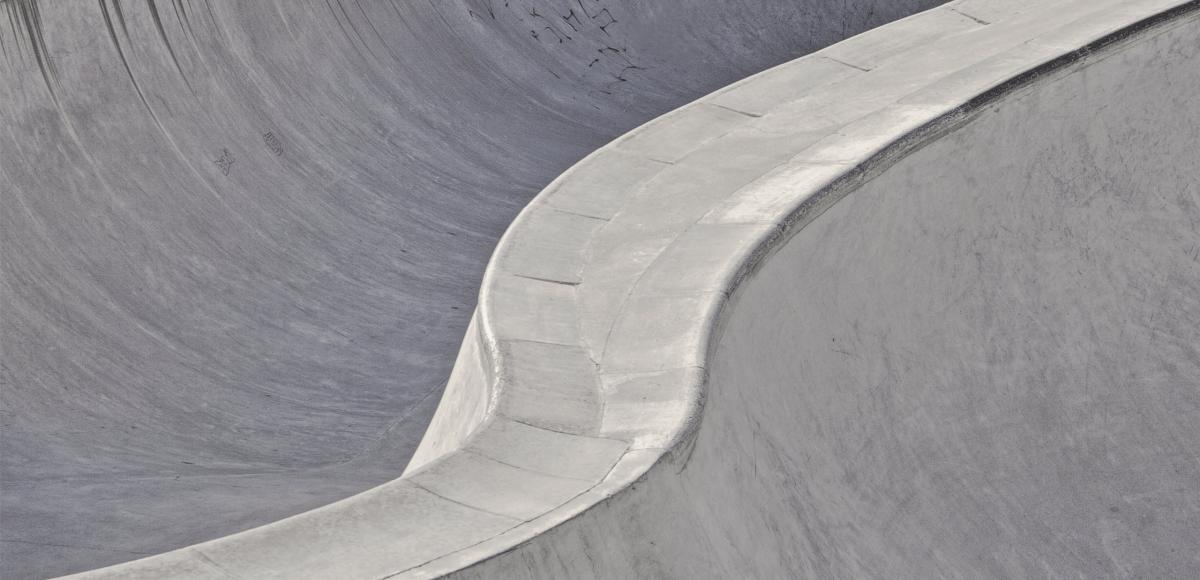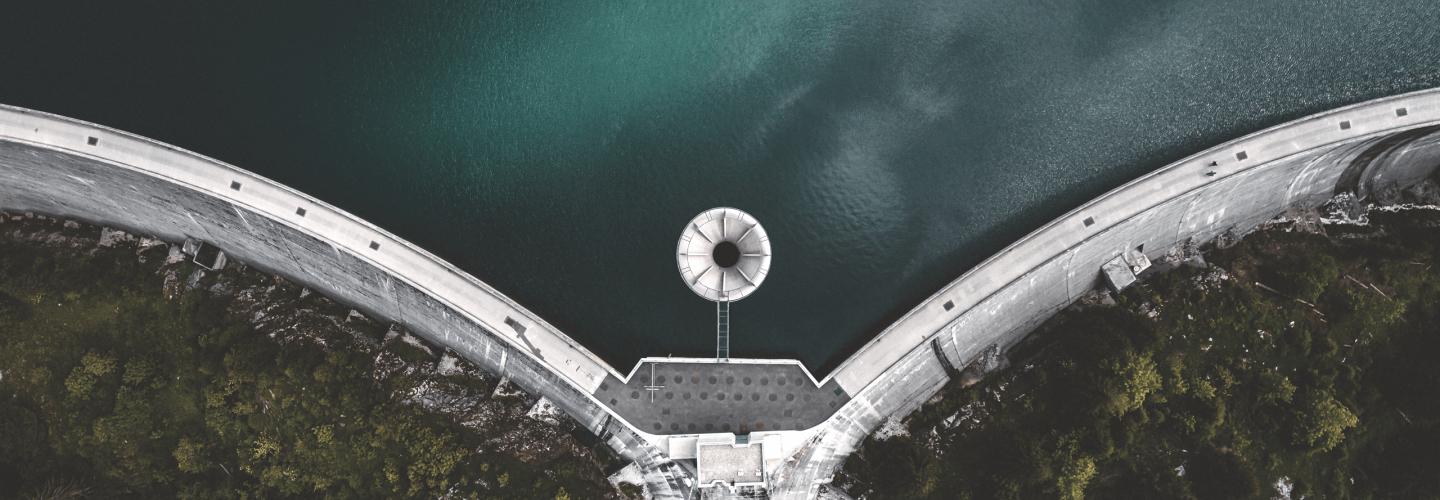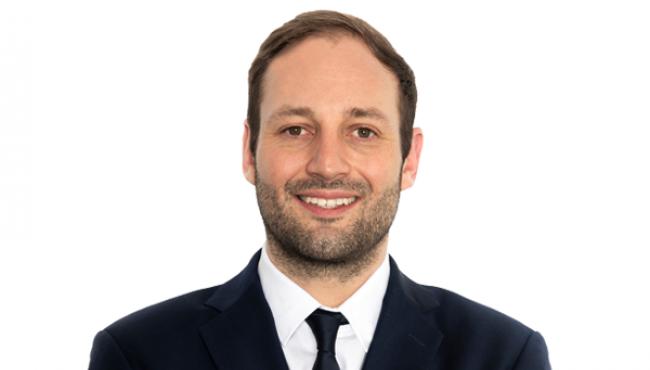
Ramp up digitalisation
The construction industry has traditionally been seen as one of the slow adopters of digital solutions. However, AFRY engineers leverage digital tools to enable a route to deliver technical success, financial viability, customer satisfaction and sustainable development.
When it comes to digitalisation and innovation in the economy, the IT sector, the energy industry and the automotive industry are playing a leading role. According to the Harvard Business Manager magazine, the mining and construction sectors are far behind in this innovation ranking, they are just slightly more digitalised than fishermen and hunters. Why is this so? "On the one hand, this is historically conditioned and is due to the development of builders and construction companies. However, the business is also simply complicated and very individual," says Dr. Mathias Smesnik, Head of Geotechnics, Soil and Rock Mechanics at AFRY.
In light of a global market and a rapidly increasing shortage of skilled workers in the construction industry, digitalisation plays a key role in delivering cost-competitive, sustainable and safe infrastructure projects by allowing visibility of challenges in construction and operations already during planning. However, the challenges are great. Every new infrastructure project entails new conditions, new project tasks and sometimes new partners. "A construction site is a very complex environment," explains Smesnik. It can change quickly and constantly. Especially in large infrastructure projects, premises that are often difficult to access or dangerous are part of every-day business. This makes the digitalisation of construction projects a complex, often dynamic challenge.
Seen from above
One example: Whenever a road, bridge or dam is built, there is one thing that accrues in huge amounts: earth. But exactly how much of it was moved and where to plays an important role in these projects in particular. Traditionally, to answer this question accurately, numerous individual point measurements are required, which is enormously time-consuming. AFRY uses drones to simplify the process. "Camera drones use photogrammetry to map the construction site in a 3-D point cloud," explains Mathias Smesnik, a university-trained geotechnical engineer. With the data gained, the AFRY team can determine the huge masses of earth that are moved during a project. The great advantage of the aerial sensing and mapping is that many work steps can be carried out more efficiently and accurately with the help of the drone and the software, which above all saves time and money.
As with all advanced digitalisation processes, products develop their full potential through the combination of different technologies. This is what Mathias Smesnik and his team are researching. "Currently we are developing an AI-based software that uses machine learning to provide accurate data on rock-mass characteristics," Smesnik says. The software, driven by a team of AFRY Geologists, Geotechnical Engineers and Scientists, already delivers reliable data and increases safety at work.

Hydropower in numbers
The planning, construction and operational management of hydropower plants is another example that shows how digitalisation can contribute to greater sustainability and safety. "In early project phases, it is important to identify challenges in the construction and operation of the plant and to take them into account even in the planning," explains Mathias Smesnik. This process is facilitated, for example, by the "Hydro Decision Support System" software that has also been developed especially by AFRY.
It can be used to optimise projects in terms of water and energy management (location, reservoir size, installed capacity etc.), while also taking into account the effects of climate change and other changes in the catchment area. The simulation model, which also uses AI-based optimisation algorithms, can subsequently also be used in operation to create inflow forecasts and optimise generation and power plant use in real time.
Once the preliminary planning or the early project phases have been completed, the implementation planning begins with the help of various digital approaches. The planning of hydropower plants in particular requires the joint cooperation of many trades. In order to handle the planning as efficiently as possible, the BIM method is used here. BIM stands for "Building Information Modelling" and offers advantages especially for the planning of complex structures. The BIM software is used to model, combine and capture the relevant building data so that architects, engineers, operators and maintenance technicians can access it at all stages of construction and operation.
The digital twin
In the planning phase of a project, a "digital twin" is created on which various planners and designers work simultaneously. This is not only about a 3D image, but also about enabling the linking of planning, execution and operational management through the storage of data within the image. In hydropower projects, AFRY uses digital twins and machine-learning algorithms for optimising water and energy management and defining the most suitable hydropower plant configuration.
Once the hydropower plant is in operation, the digital twin can be used to optimise power generation, water management and the power plant use in real time. "In order to further optimise projects in terms of costs, time, quality, safety and sustainability," says Mathias Smesnik, "our experts are working on further linking and implementing the methods of BIM and lean construction management which represents an integral approach to planning, design and execution."
At the forefront
As a result of the rising energy demands, many existing power plants worldwide are in need of rehabilitation and upgrading to increase energy efficiency, reliability and flexibility. For a continuous, economical operation of these plants, AFRY provides its clients with complete renewal concepts and investment planning, and with the renovation of civil works, penstocks, the optimisation of turbines and of the electro-mechanical equipment.
"The increasing need for clean energy through the greater use of hydropower is a socio-political necessity today," says Smesnik. "We are here to make it happen."
